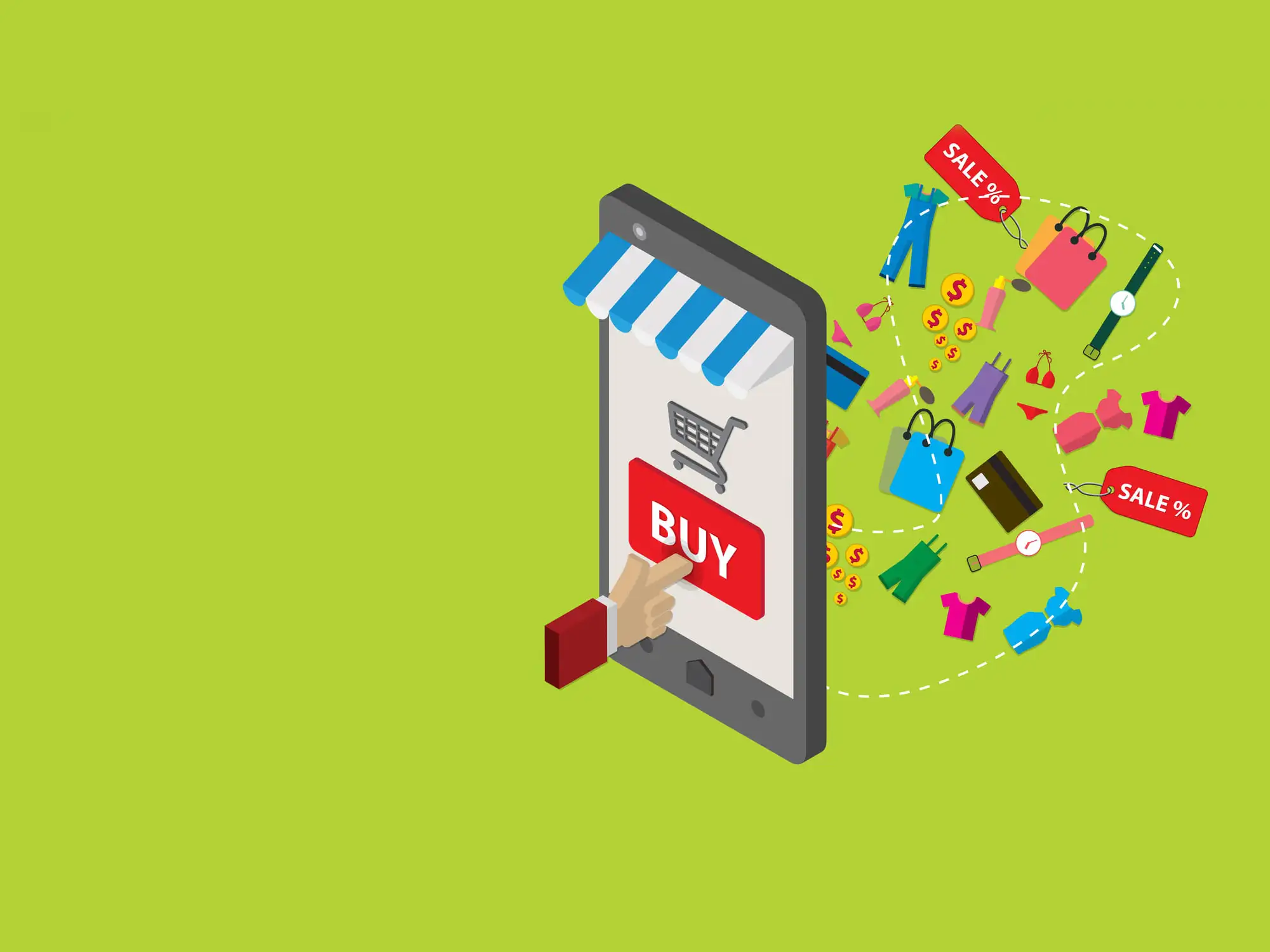To prepare for Black Friday 2017, here are some of the lessons we learned for our ecommerce clients from last year.
Black Friday is now the biggest shopping period of the year. This November, we’re predicted to spend £7 billion over Black Friday. That’s the kind of action no ecommerce business can afford to miss.
Forget your January Sales or your End of Season Extravaganzas, Black Friday is the event of the year.
What We Learned From Black Friday 2016
Black Friday… more like Spend Season, amirite?
Top Takeaways from 2016
- Prepare for a month, not a weekend
- Be mobile friendly
- Use discounts & loyalty schemes
- Connect with your customers
- Encourage social sharing and UGC
In 2016, 44% of Black Friday purchases were made on Black Friday, with the majority of the purchases being spread out over the wider Black Friday period. Regardless of your offering, you should be mindful of this and don’t limit your sales to just one day.
One strategy we have seen be effective is to stagger your deals by category and product, based on your Analytics data. If certain items sell better on certain days, save those discounts for when you can leverage maximum value.
You can also hype up your upcoming discounts with countdowns and digital calendars to generate excitement on your social media channels.
Mobile is (still) important
In 2016, almost a third of all online purchases over Black Friday were made on mobile. This presents a number of important considerations for ecommerce retailers. Firstly, your site MUST be mobile friendly.
We know that two thirds of people who encounter a bad mobile experience will leave an online store and never return. It’s 2017, there’s really no excuse for not having a mobile-friendly site by now.
40% of shoppers are using their mobiles to visit your competitors’ websites prior to making a purchase, so if you want their business it’s important to make sure your site looks the business.
Making mobile purchases means that consumers want their products anytime, anywhere. Bigger retailers should consider the logistical implications of orders suddenly peaking in the morning and evening, rather than steadily across the day.
People LOVE discounts

Unsurprisingly, price is the key driver to Black Friday purchase decisions. You can turn up the Hype Machine as much as you like, at the end of the day, price is king.
Even 46% of non-Black Friday purchases bought in November last year were bought at a discount. This is the season where discounts aren’t just desired, but expected.
When you’re working out your Black Friday deals, discounts have been shown to be more effective than BOGOFs or package deals.
Customers want to see the value they’re getting, so show them the difference in your marketing. Never underestimate the kick people get out of realising how good a deal they’ve just picked up.
Believe it or not, your customers are still loyal
During the Black Friday season, customers are sniffing out bargains, but the evidence shows that they aren’t as fickle as some cynics believe.
In 2016, 82% of online shoppers used dedicated accounts to make their Black Friday purchases, rather than logging in as guest shoppers.
Millennials are 30% more actively taking advantage of loyalty schemes over Gen Xers (you can thank Nando’s and ASOS for that).
This year, leverage your loyal shoppers with excusive offers and discounts for Black Friday. Create email marketing campaigns specifically for your more loyal customers, while inviting your new customers to get involved and join your loyalty scheme.
Healthy cultivation of your brand advocates and loyal shoppers is vital in a world where people are looking to their friends on social media for validation over the integrity of your brand.
Despite online shopping, customers still want to say ‘Hi!’

We know that the online experience is essential to Black Friday ecommerce success. But some habits die hard, and the hardest of these is good old customer service.
Customers want to check the process of payments, track their deliveries or just ask for advice. 43% of Black Friday online shoppers interacted with their retailer at some point during their shopping experience.
More and more retailers are investing in chatbots to help their online customers find what they’re looking for and generally improve their customer experience.
Smaller retailers are using their social media channels to chat directly with customers, while others are investing in tracking software.
Make sure that you have easy and responsive means of talking to your customers. This will ensure that orders are filled and a great customer experience will keep them coming back.
Social media is one of your most powerful marketing tools
Retailers are increasingly using less traditional forms of marketing to tap into the mind of the consumer and influence their purchasing decisions. The role of social media in the path to purchase is more prominent now than ever for younger demographics.
Use of social media during the customer journey is five times more likely in customers under the age of 35. The end user now seeks validation from social networks and ‘the people’ to tell them whether the product is any good.
Use customer reviews, user generated content and endorsements from social influencers to amplify your marketing. This presents your brand through a lens that consumers trust more.
Don’t send an email telling people how tasty your ice cream is. Instead, send an email telling people what your customers have to say about how tasty your ice cream is. At the end of the day, the proof is in the pudding.
You have a good product. Stand by it and let your customers do the rest
Social media is more important to the marketing mix than ever. Not only is it a viable communications channel for both organic and paid marketing, the data you get back pays dividends of its own.
Over Black Friday, encourage your customers to share their favourite products on their social channels. You can then use this data to help with purchase strategy and future marketing efforts.
If you want to make this Black Friday your best one ever, but don’t have the time or resources, we’re here to help. Get in touch.






